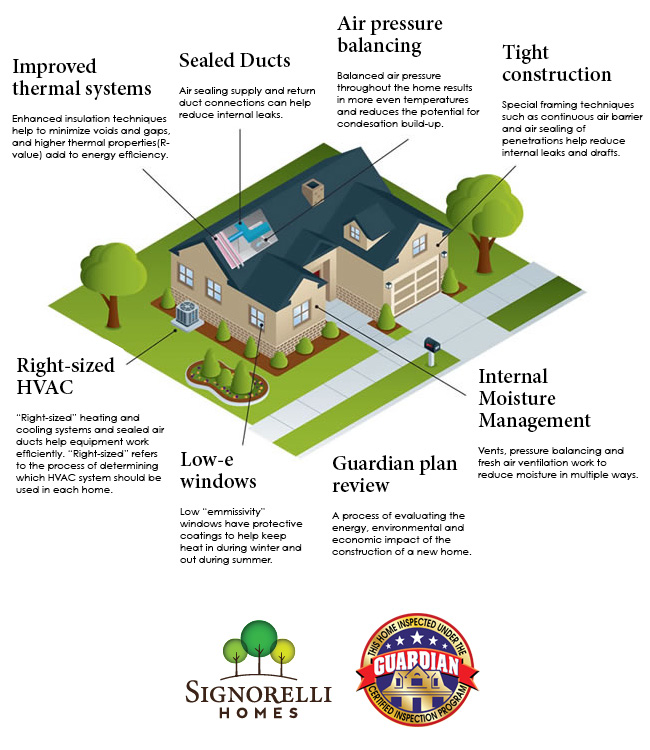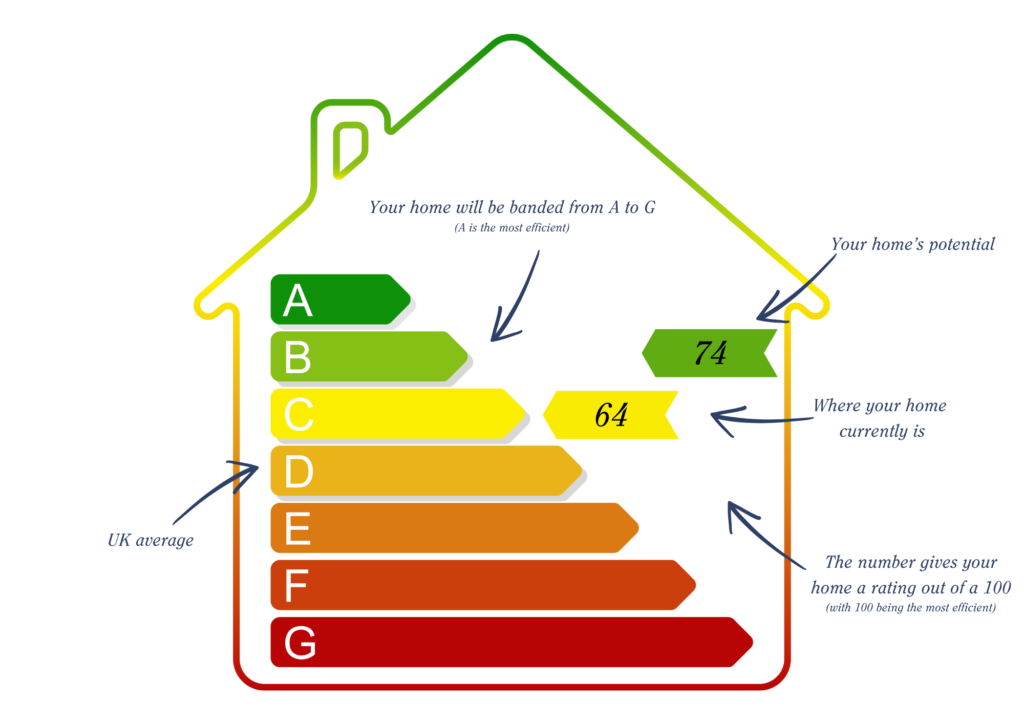

Energy efficiency of newly built homes is becoming increasingly important as we face growing energy costs and environmental concerns. Imagine a home that not only feels comfortable but also reduces your carbon footprint and lowers your monthly energy bills. This article dives deep into the realm of sustainable building practices, exploring innovative ways to maximize energy efficiency in newly constructed homes. We’ll examine the key components and strategies, along with practical examples, to help you understand the nuances of eco-friendly design. We’ll also address the common challenges and misconceptions, offering clear solutions and actionable insights for both homeowners and builders. This exploration will cover building materials, design strategies, and advanced technologies impacting energy efficiency.
The Importance of Energy Efficiency in Modern Homes
Understanding the Significance of Energy Efficiency
The pursuit of energy-efficient homes is no longer a niche concern; it’s a critical component of modern construction. In today’s world, where energy costs are constantly rising and environmental concerns are paramount, optimizing energy use in residential buildings is a key aspect of building sustainable communities. By adopting energy-efficient strategies from the start, homeowners can reduce their environmental impact and save significant amounts of money in the long run. Efficient homes also contribute to better indoor air quality, resulting in a healthier living environment.
Identifying Common Challenges
Many homeowners and builders face difficulties in achieving optimal energy efficiency in newly constructed homes. A lack of understanding about sustainable building practices and a focus on immediate costs can lead to inadequate design and material choices, undermining the project’s long-term energy-saving potential.
Addressing Misconceptions about Energy-Efficient Homes
A common misconception is that energy-efficient homes are necessarily more expensive. However, with careful planning and research, builders can often implement energy-saving features without dramatically increasing the budget. Choosing high-efficiency appliances, strategic insulation, and energy-efficient windows can significantly reduce a home’s energy consumption without sacrificing comfort.
Advanced Building Materials
Choosing the Right Materials
High-performance building materials play a pivotal role in maximizing energy efficiency. Modern construction offers a wide range of options with exceptional thermal and insulation properties, including advanced insulation products such as spray foam insulation, cellulose insulation, and rigid foam panels. These materials can dramatically reduce heat transfer, maintaining comfortable indoor temperatures and minimizing energy waste.
Insulation Strategies
Proper insulation in walls, roofs, and foundations is crucial. Consider incorporating double-pane windows, which effectively reduce heat loss. Careful consideration of insulation strategies can drastically improve the overall energy performance of a home and reduce a home’s carbon footprint.
Real-world examples of innovative building materials
For instance, many builders are now incorporating high-performance exterior cladding, with improved thermal conductivity, to further reduce heat loss, while also protecting the structure from the elements.
Design Strategies for Maximum Efficiency
Smart Floor Plans
Strategic placement of rooms can have a significant impact on energy use. For instance, designing a house with a south-facing wall to maximize passive solar heating and an orientation that minimizes wind exposure can reduce the need for artificial heating and cooling systems. Utilizing these strategic design approaches allows the home to collect and utilize renewable energy from the surrounding environment.
Solar Design and Orientation
Smart design strategies, such as using the sun to warm your home, are essential to enhance the energy efficiency of your building. Homes with south-facing windows are optimal for solar heating, reducing the reliance on interior heating systems during colder months. Utilizing these innovative strategies and techniques can significantly improve energy consumption in the home and reduce reliance on energy systems for heating and cooling.
Case Studies
Many successful energy-efficient homes have leveraged passive solar design principles. For example, a project in [Specific Location] used a south-facing atrium to collect and distribute natural heat, resulting in a 25% reduction in energy bills.
The Role of HVAC Systems
High-Efficiency HVAC Systems
Advanced HVAC systems are essential for maintaining a comfortable indoor environment while minimizing energy consumption. Switching to high-efficiency heat pumps, which can both heat and cool the home, or installing smart thermostats that can adjust temperatures based on occupancy, can significantly reduce energy consumption by up to 30%. This is a significant way to reduce the overall carbon footprint.
Smart Thermostat Integration
Smart thermostats, which allow for remote temperature adjustments based on occupancy and time of day, are becoming increasingly popular. These devices can significantly reduce wasted energy by maintaining optimal temperatures only when needed.
HVAC system maintenance
Regular maintenance of HVAC systems is crucial to maintain optimal performance and energy efficiency. Regular inspections and tune-ups can identify potential issues early on, preventing costly repairs and improving the efficiency of these systems.
Financing Energy-Efficient Upgrades
Government Incentives
Many governments offer incentives for homeowners and builders to incorporate energy-efficient features. These programs can substantially reduce the cost of upgrades, making it more accessible for everyone to pursue energy-efficient strategies.
Financing Options
There are financing options available for home improvements to make the process of acquiring energy-efficient materials more accessible and affordable.
Cost-Benefit Analysis
Evaluating the long-term cost-benefits of energy-efficient upgrades is essential to support sustainable strategies. A well-designed and implemented plan for energy efficiency can significantly reduce long-term costs and improve the overall quality of a home, with numerous benefits for inhabitants.
What are the long-term cost savings of building an energy-efficient home?
Building an energy-efficient home can result in substantial long-term cost savings. Lower energy bills, reduced maintenance costs, and increased property value are significant incentives. This approach minimizes operational expenses and often translates to better returns for the home’s value in the marketplace. Implementing these strategies will result in a high return on investment (ROI) for you and your home.
Are there any certifications or standards for energy-efficient homes?
Yes, there are several standards and certifications for energy-efficient homes, such as LEED (Leadership in Energy and Environmental Design). These programs provide a framework for building sustainable and environmentally friendly structures. Using these types of standards can help increase the overall value of the home.
How do I ensure the energy efficiency of my home during construction?
Throughout the construction process, collaborate closely with builders and architects to ensure meticulous adherence to energy-efficient plans. Use energy audits, inspections, and quality checks to verify that the construction aligns with the desired levels of energy efficiency. Prioritize the selection of materials with high thermal performance and efficient insulation strategies, which will lead to superior long-term outcomes.
How can builders maximize ROI on energy-efficient homes?
Builders can maximize ROI by emphasizing energy-efficiency features that enhance home value and lower operational costs. This includes using energy-efficient materials, implementing innovative designs, and ensuring proper insulation and HVAC systems are in place. These elements can result in a more comfortable and appealing living experience while reducing long-term costs for inhabitants.
In conclusion, prioritizing energy efficiency in newly constructed homes is not just a trend; it’s a crucial step towards a sustainable future. By employing advanced building techniques, materials, and design choices, we can significantly reduce energy consumption and create healthier, more comfortable living spaces. Embrace these strategies to not only save on energy bills but also contribute to a greener planet. Contact a reputable home builder or architect to learn more about incorporating energy efficiency into your next project.
